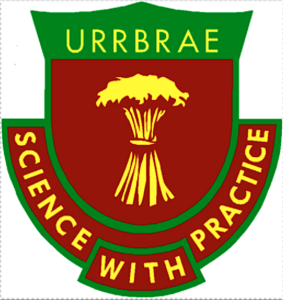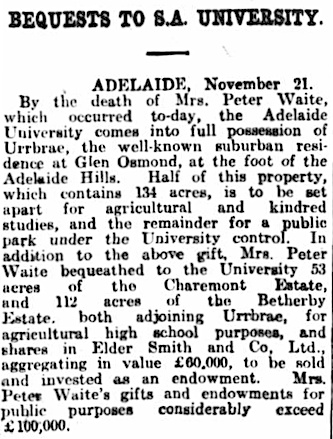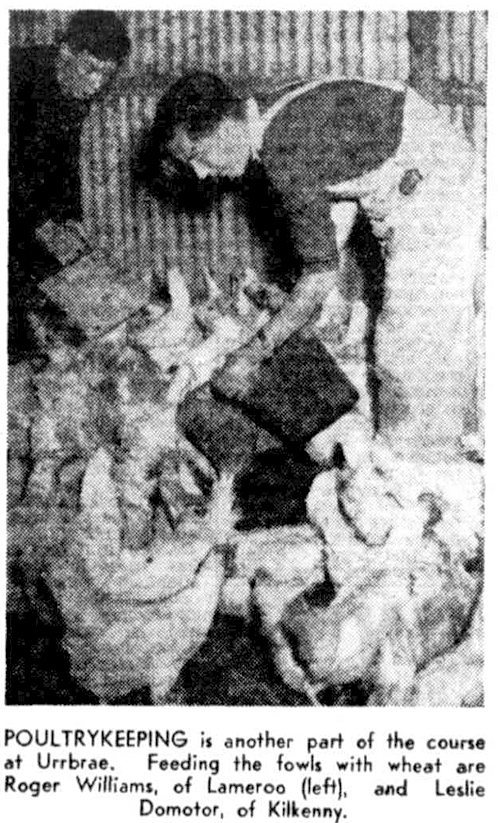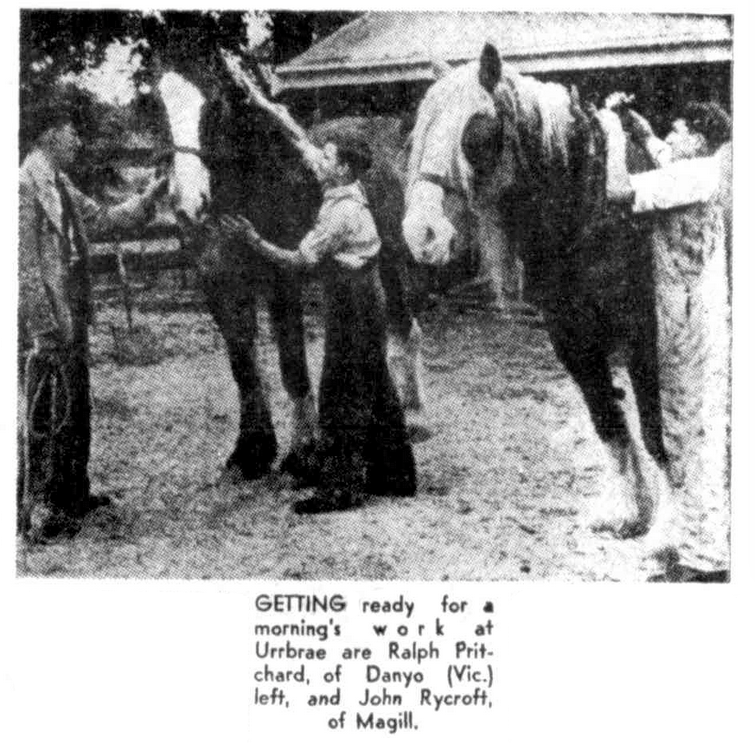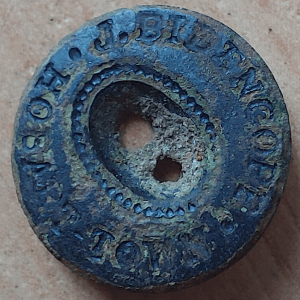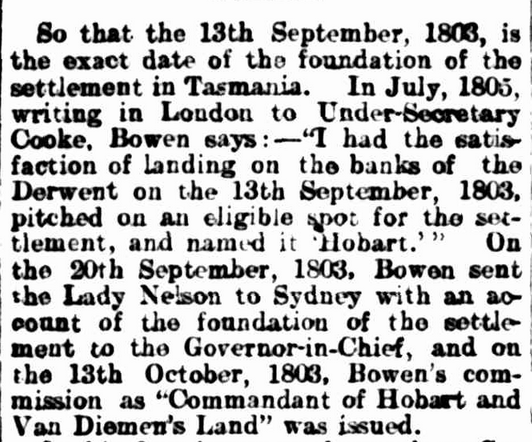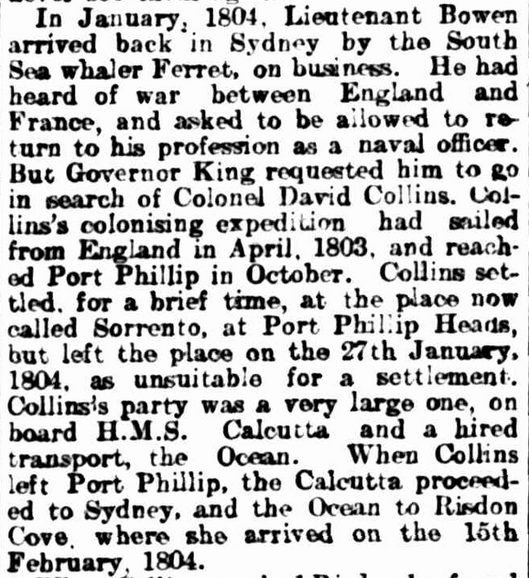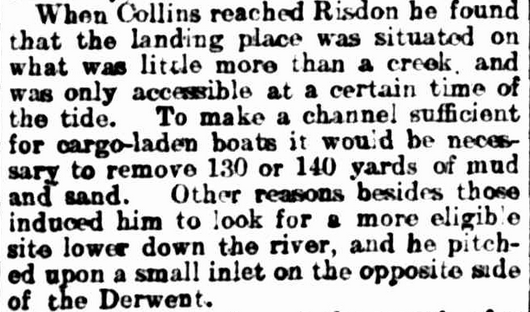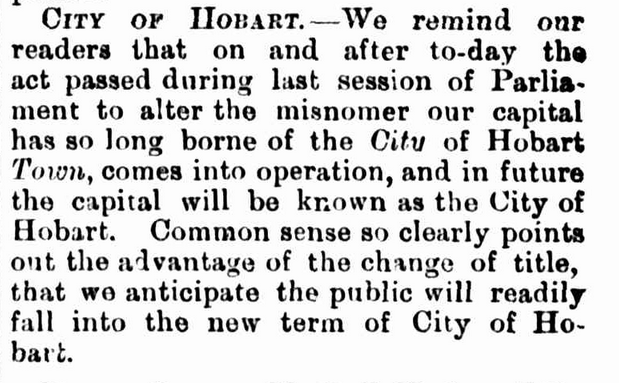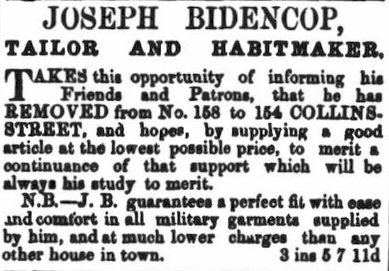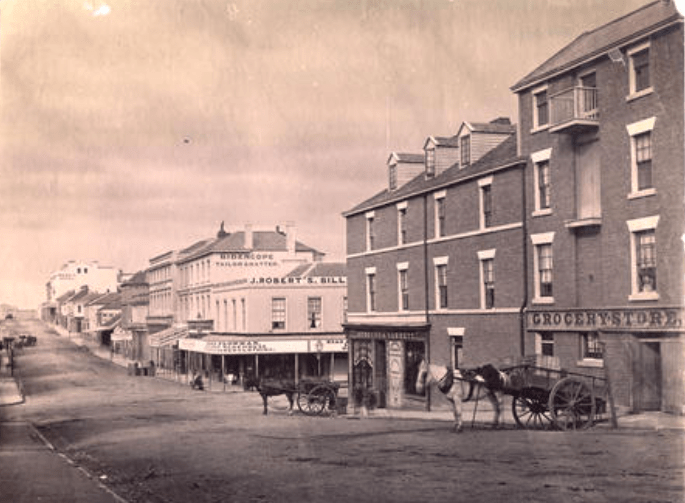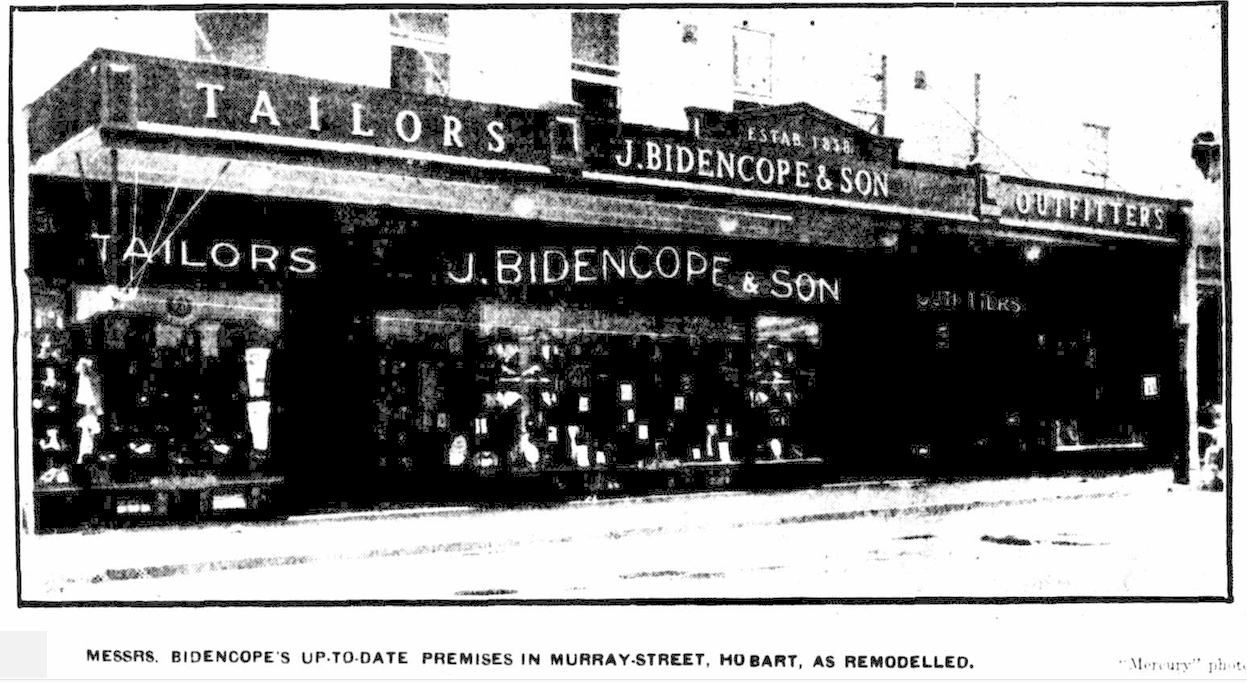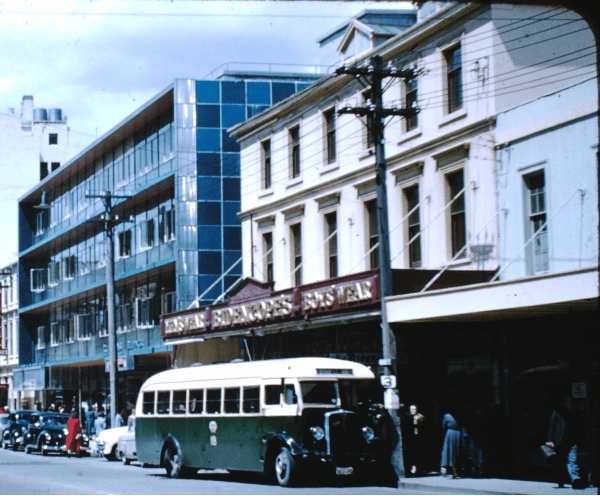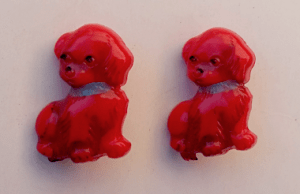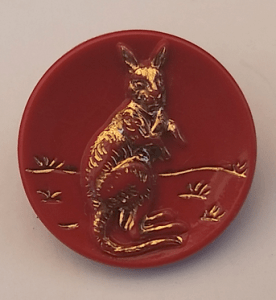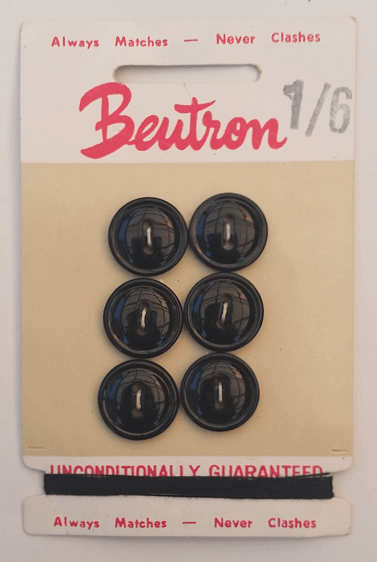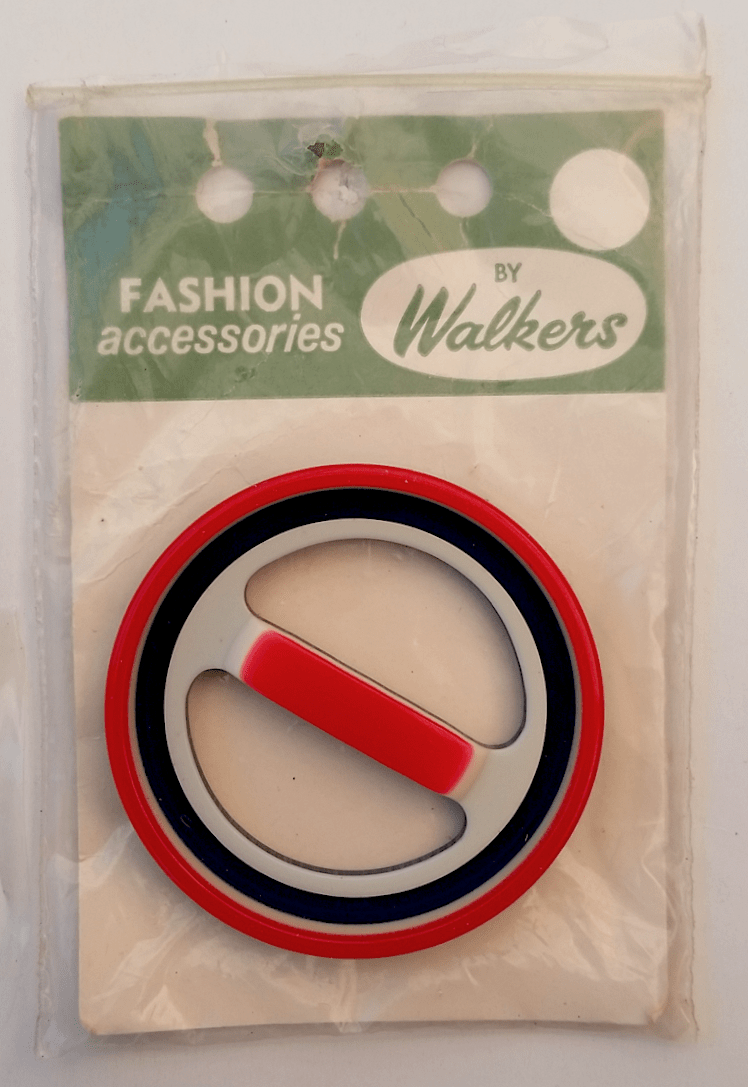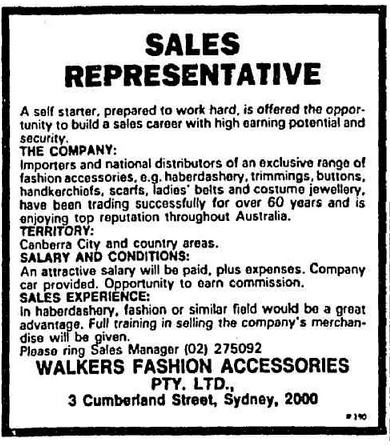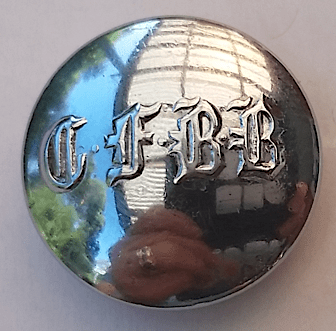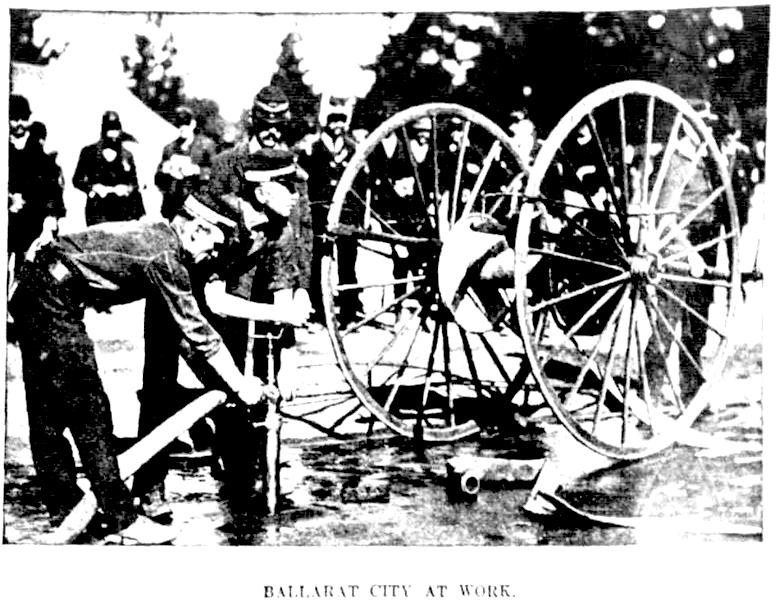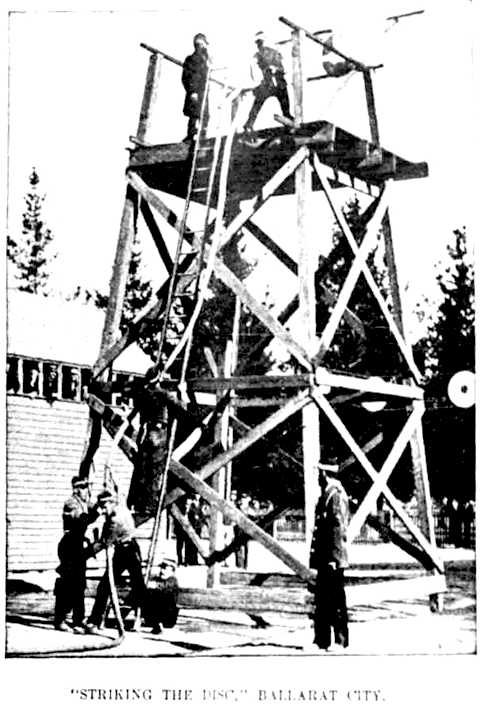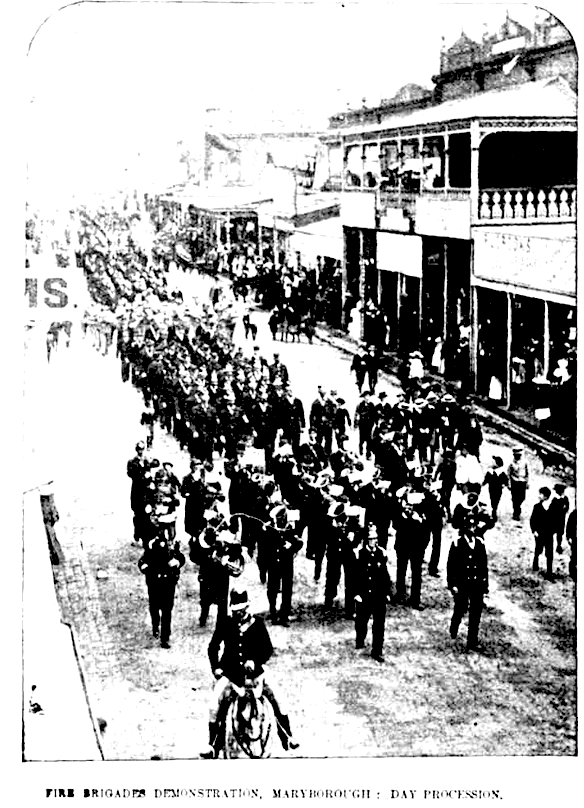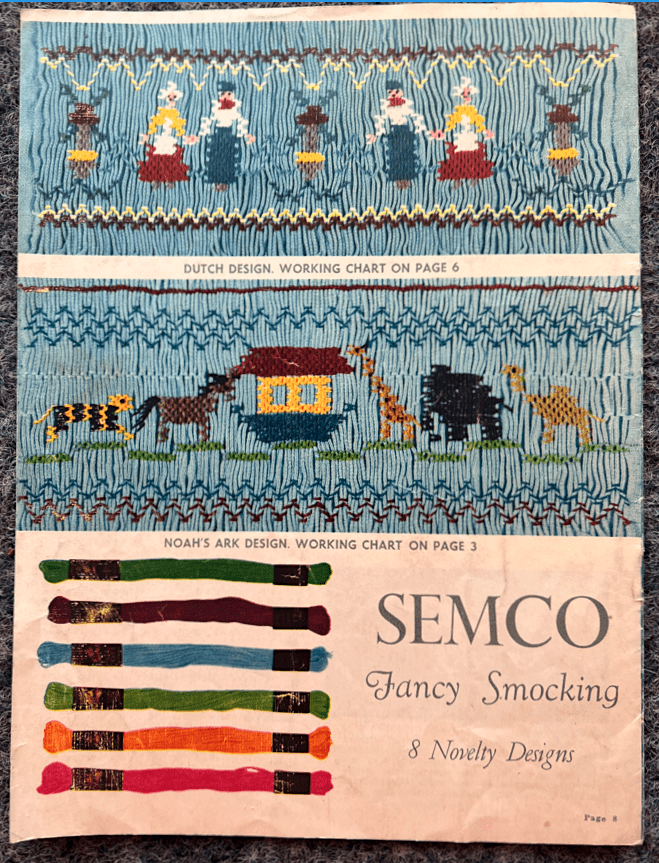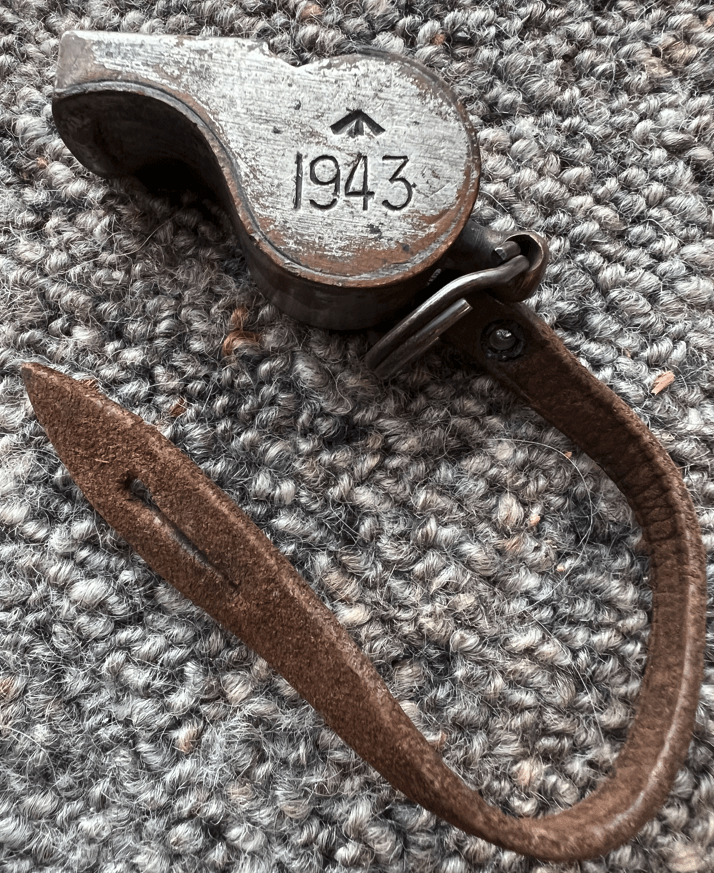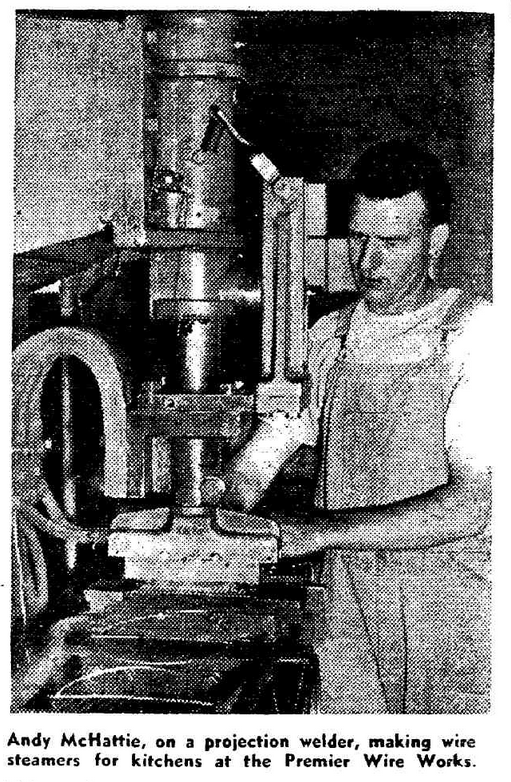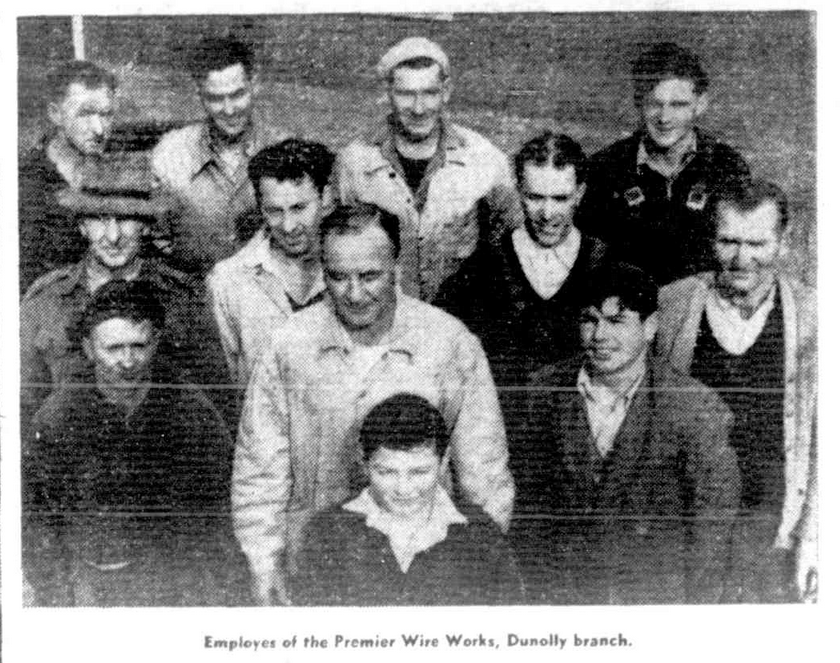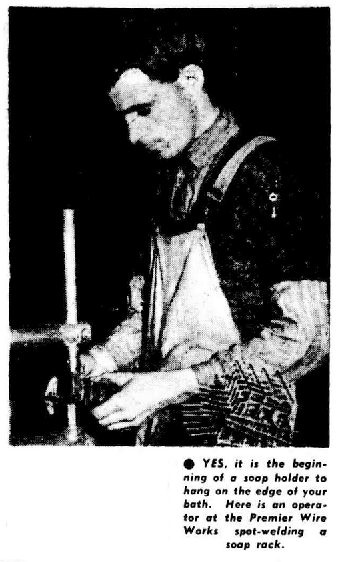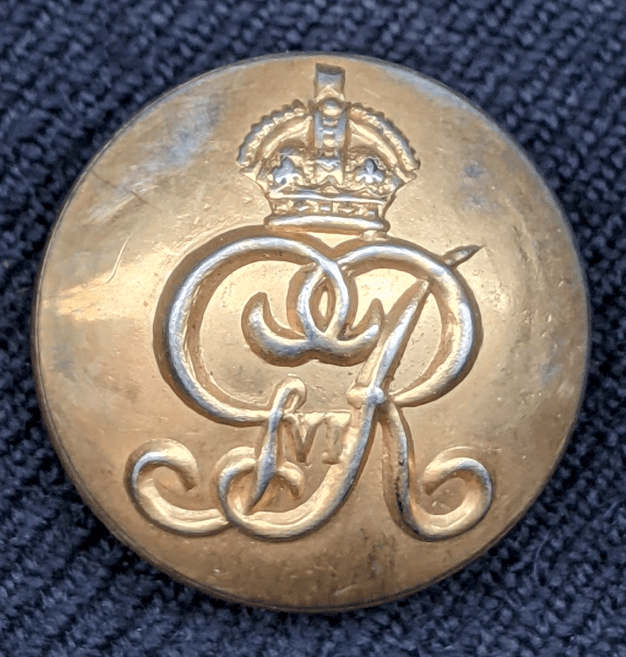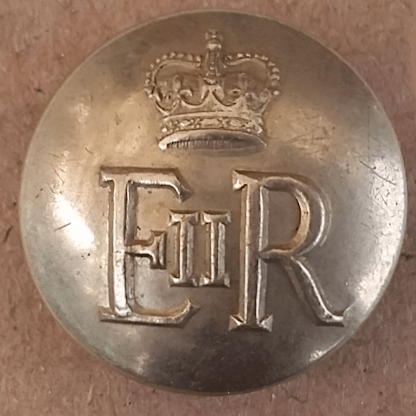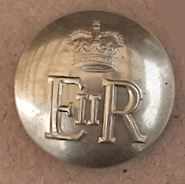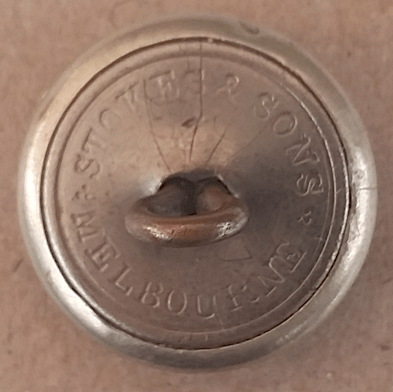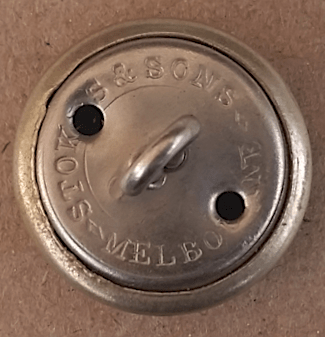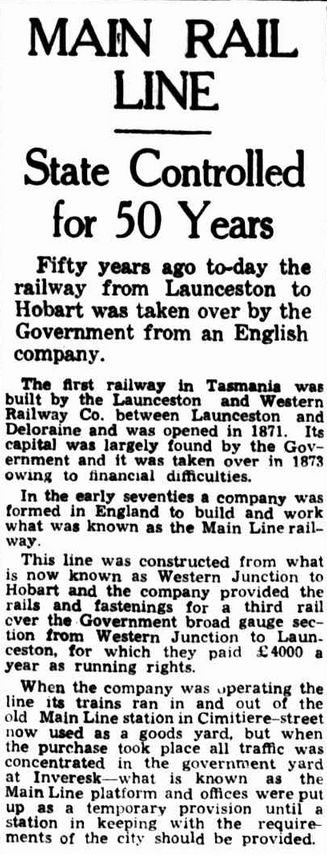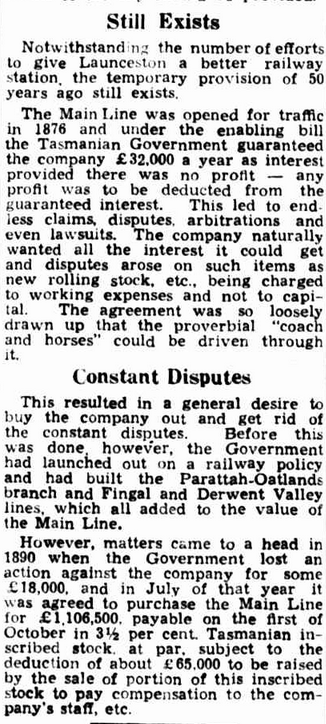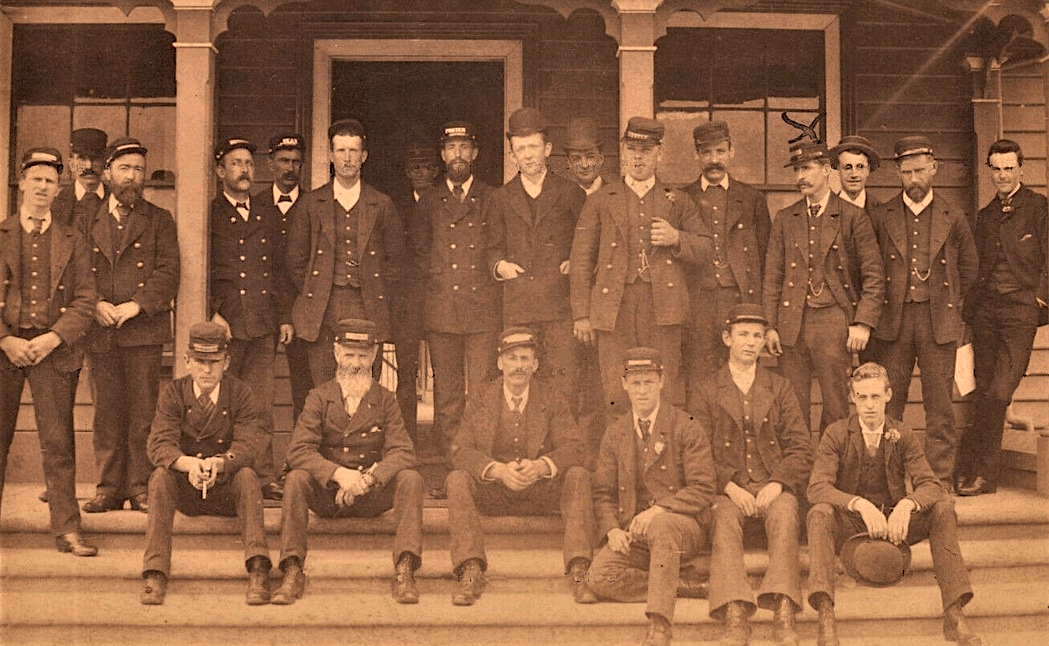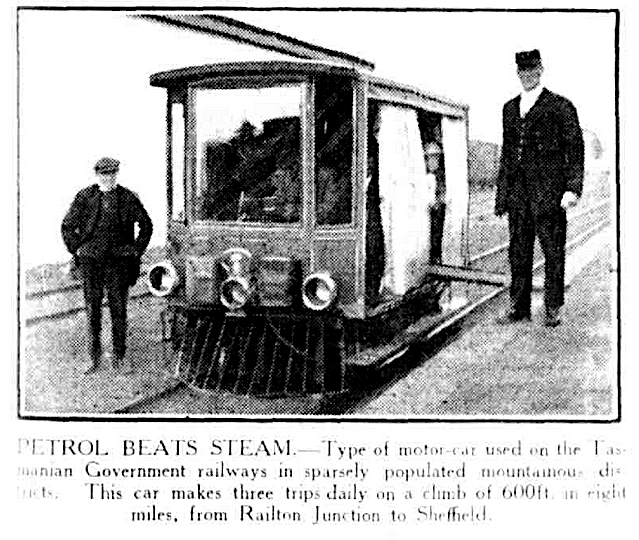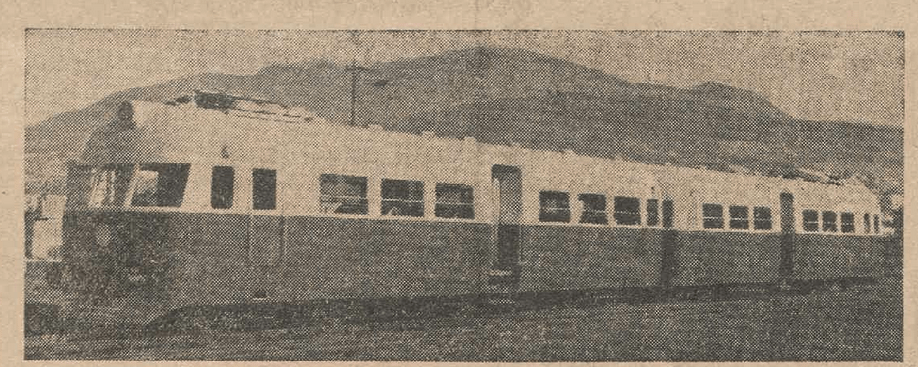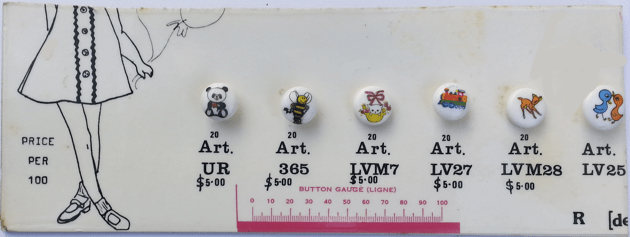A ‘Real’ Aussie Button
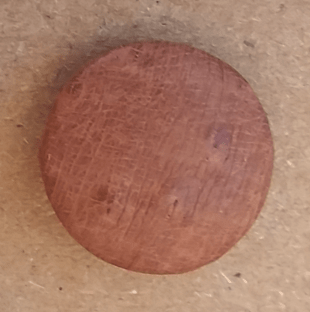
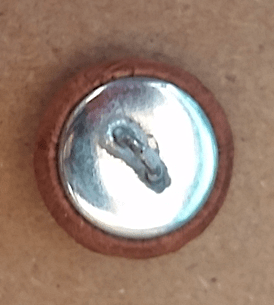
This approximately 15mm diametre covered button by Jan and Annette Pollard as part of their Jaemu fashion brand, is made of emu leather ‘grown’ in Wagga Wagga and tanned at Botany Bay. I cannot find any trace of this brand.
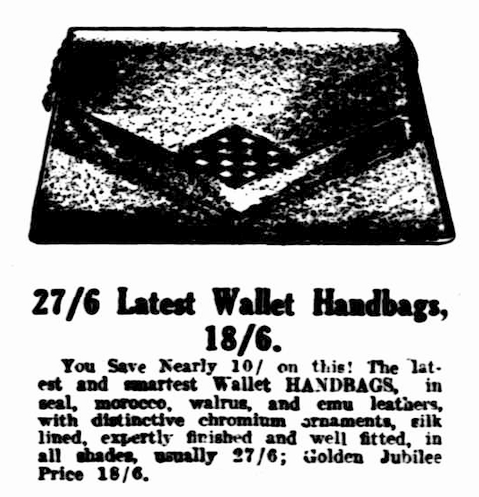
The West Australian (Perth), 3rd November 1933 page 11.
Emu were sometimes used to make cloaks worn by Koori peoples. The feathers were used for decorating hair, as well as for skirts made from plant fibres. They were worn as ornamental tufts on various parts of the body. A spear with a few emu feathers fixed could mark a grave.
Emu leather was not mentioned in newspapers until 1933-4, when various stores started selling handbags made from it. It can be a very fine and attractive product. Emu farming for leather was pioneered, unsuccessfully, in West Australia in 1970. Further attempts occurred, sometimes within Aboringinal communities, with the first export licence for emu products (mainly meat, oil and leather) granted in 1990. Larger numbers of emu were/are farmed in America, Canada, Europe, India, China and New Zealand than in Australia! Farming numbers have sharply declined as the cost of keeping them, the space they require, and processing issues, have proved problematic.
Emu feathers, as opposed to leathers, had a longer history of use by non-Koori Australians. Explorer Major Mitchell and his men wore emu and cockatoo feathers in their caps in 1836. Emu feathers were amongst produce donated to the new Trade Museum in London in 1854.
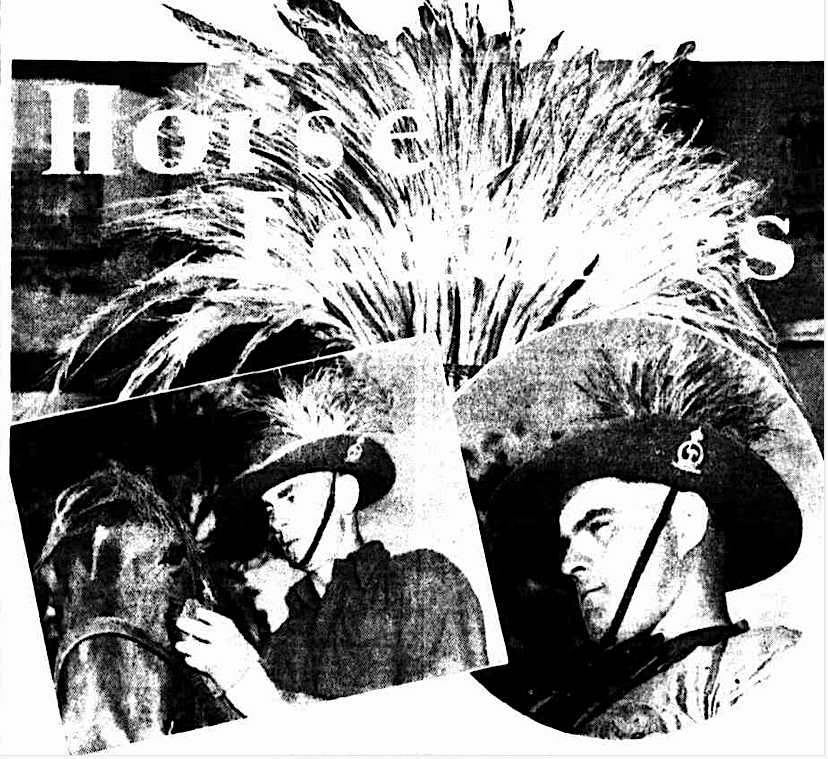
Sunday Mail (Brisbane), 25th February 1940 page 6.
According to the article titled ‘Horse Feathers” that ran with the above pictures, the use of emu feathers by cavalry in Australia started with the Queensland Mounted Infantry who were called out to assist the civil powers during the unrest of the shearers strike of 1891. The Gympie Squadron were the first to start wearing the feathers in their hats, from emus that had been ‘ridden down’ during times of boredom. The trim proved popular, prompting the head of the mounted forces to successfully request the plumes become part of the official uniform.
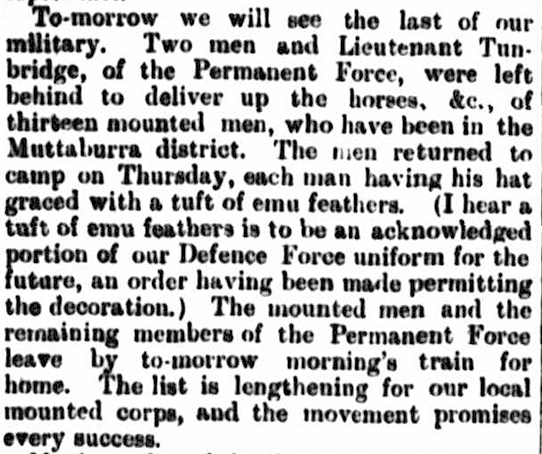
Morning Bulletin (Rockhampton, Qld), 15th July 1891 page 6.
The feathers were worn during the Boer wars, both by the Queensland troops, but also reportedly by the New South Wales Lancers who travelled straight from Jubilee celebrations in London to South Africa and got there first. This is a little confusing, as the trim for the Lancers was traditionally black cocks’ feathers. Why did they have emu feathers this time? Is this in fact correct?
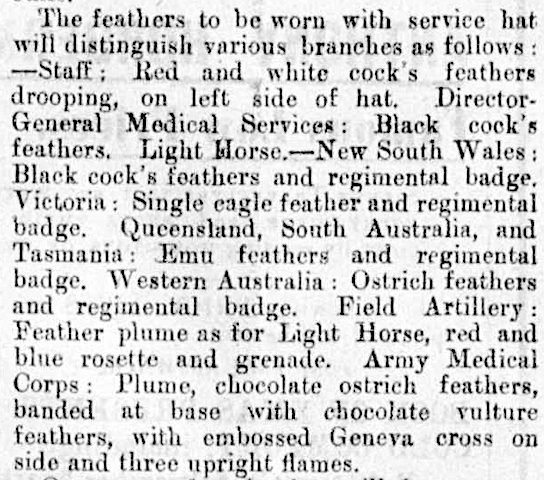
Goulburn Herald (NSW), 1st January 1904 page 2. From an article describing dress regulations for officers of the new Commonwealth Military Forces.
Post South Africa, the Queensland Light Horse retained the emu feathers as official uniform trim. They were also popular in West Australia, but less so in the Eastern states; this changed during WW1. Much to the initial annoyance of Queensland units, the Minister for Defence ruled that the whole of the Australian Light Horse would wear the plumes. During that war the feathers were mistakenly called ‘kangaroo feathers’ by non-Australians.
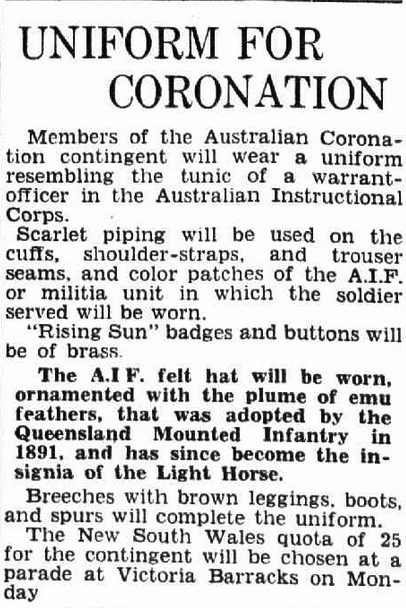
The Daily Telegraph (Sydney), 6th January 1937 page 3.
In this 1940 article it stated that only cavalrymen were permitted to wear them, but they were not supplied and had to be privately purchased!
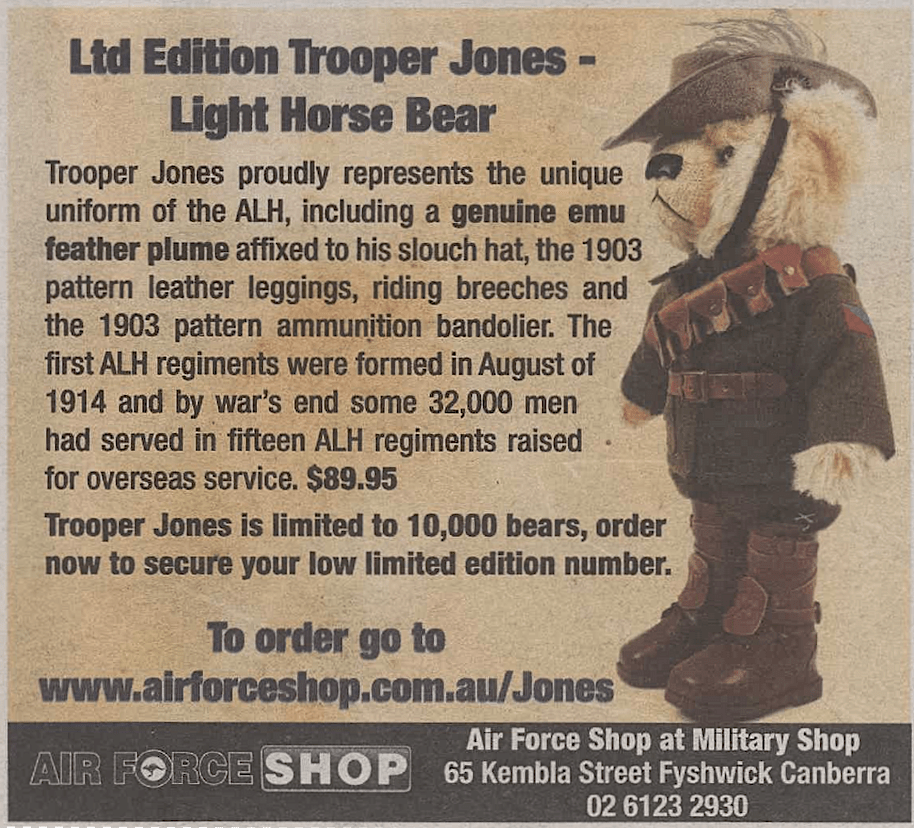
Air Force News, 9th October 2014 page 26.
For any comments, contributions or questions, please use the Contact page.

